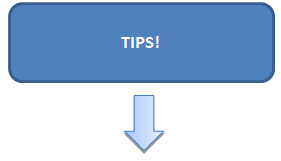Once you have the right staff on board, you want them to stay on board!
Some considerations for ensuring staff retention include
- Providing adequate compensation/benefits
- Setting performance targets
- Facilitating professional development and trainings
- Fostering a positive work environment by recognizing excellence
- Connecting to services in the community
- Providing feedback to employees and from employees to leadership
Many nonprofits or youth development organizations may be limited in the compensation or the benefits they are able to provide. In place of increased salary, there are many strategies to provide incentives and build a positive work environment. Some tips are listed below.

- Work directly with employees to set performance and skill building targets so they can track their growth in their position.
- Access/investigate free trainings in the community. Many community-based or volunteer organizations offer trainings on a variety of topics.
- Offer trainings in-house. Employees in your organization may possess a wide range of unique skills attained in this or previous jobs/careers. Set aside an afternoon to offer training on an interesting topic.
- Gather your staff or team off-site. Get together anywhere from a local park to a favorite restaurant; sit, eat, and share success stories.
- Recognize employee excellence. Employees want to be recognized for their work; offering them organizational recognition is key for retention. Recognition could be anything from a certificate to a gift card to a small bonus. Creating specific events like a luncheon (pizza party), informal retreat, or team building activity is a great way to do this.
- Connect with the community to provide discounted services to your employees. Cell phone companies often will offer organizational discounts, gyms or yoga studios might offer discounted passes, and restaurants may offer free meals for recognized employees.
- Consider alternative structures for work time. Can some work be accomplished at home? If positions are structured where employees work late during the week or on weekends is it possible to take one day a week in flex time? Working from home (telecommuting) and flex time improve the positive work environment and reduce absenteeism and presenteeism (when employees come to work sick or otherwise distracted and can’t effectively do their jobs).
- Provide a structure for employees to interact with and provide feedback to leadership. Nonprofit or youth development employees are invested in their mission, and good employees feel a high level of responsibility for their work and performance. It is essential to balance this responsibility with the ability to be a leader or provide feedback to the leadership and be heard.